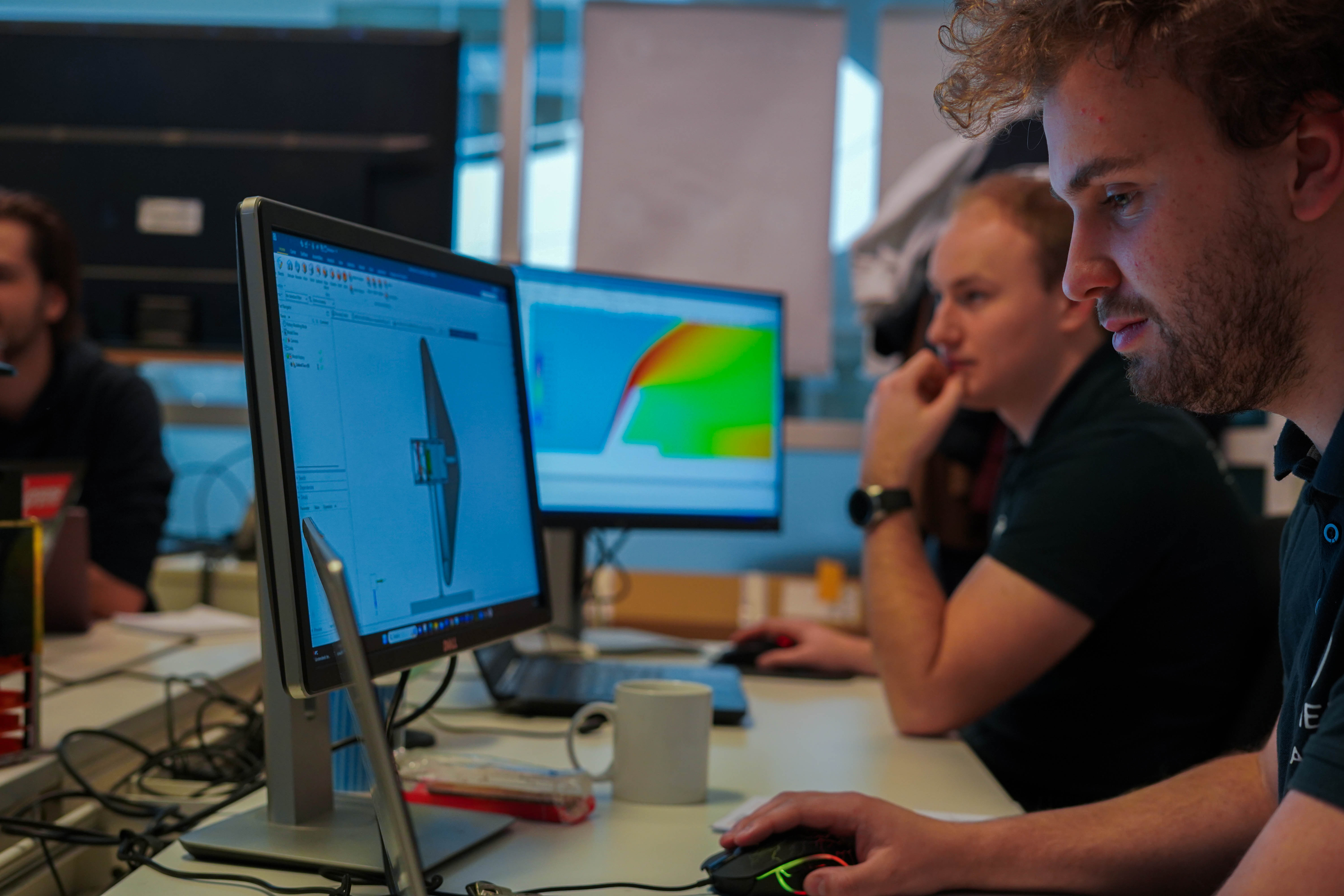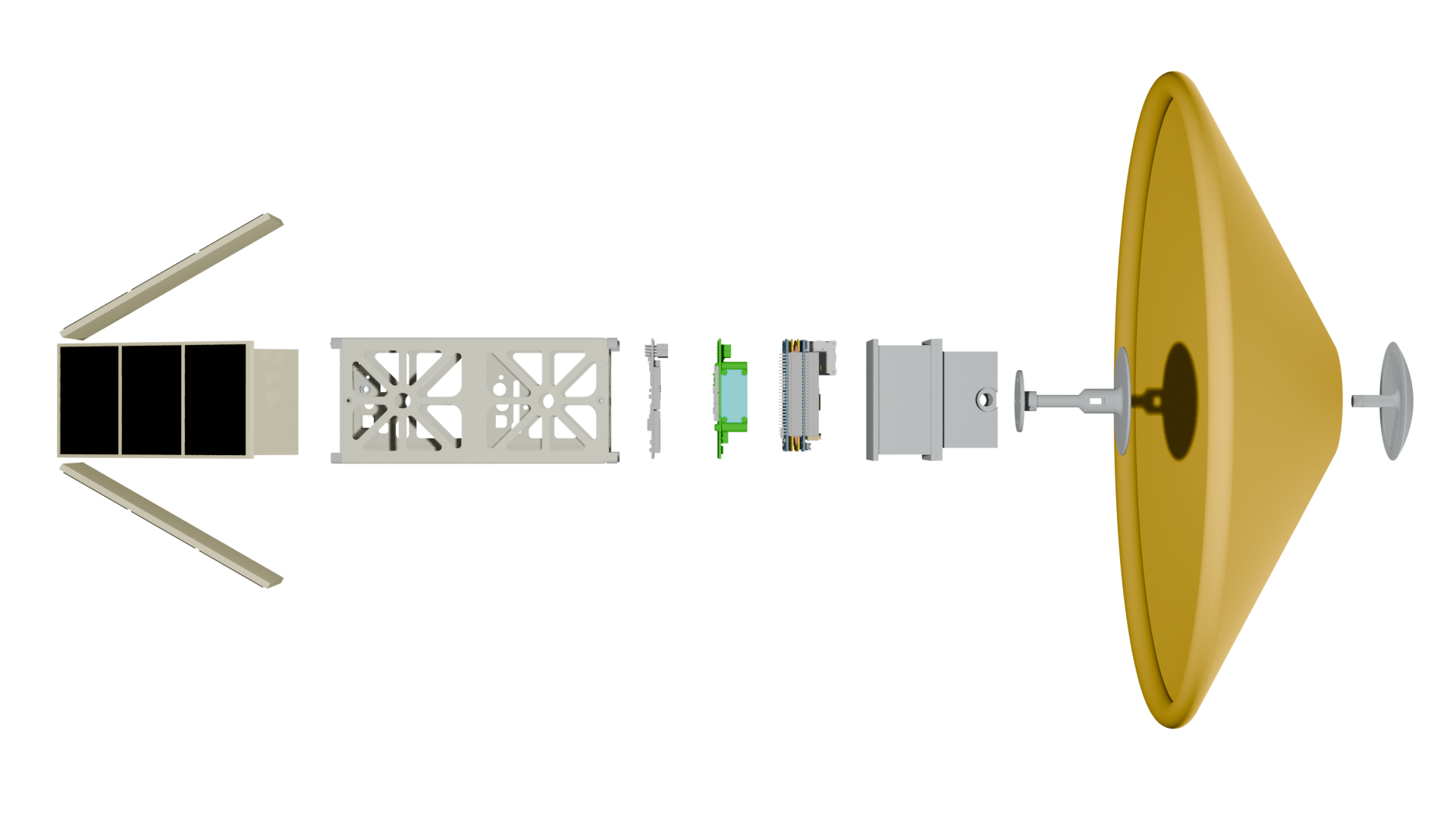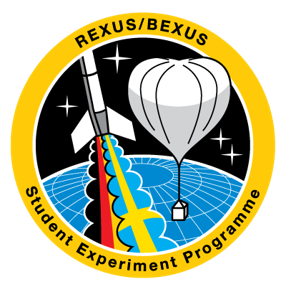
Design, build and launch a re-entry CubeSat
Our Goal and Motivation
Aether aims to contribute to the scientific community by developing a CubeSat platform capable of returning from space, landing at a predetermined location, and bringing back experiments and samples.
This platform would serve two main purposes:
-
Sample Return Platform: Enabling the recovery of scientific payloads from orbit is
crucial for fields like microbiology, chemistry, physics, and pharmacology. With increasing
global launch capacity but limited return capabilities, Aether addresses a critical
bottleneck. Additionally, with the anticipated growth of space manufacturing, our CubeSat will
support advancements in this field by:
- Surviving atmospheric entry with an innovative inflatable Thermal Protection System (TPS).
- Targeting specific Earth landing locations for safe recovery.
- Re-entry Research Platform: Conducting experiments to advance understanding of atmospheric entry physics. This knowledge will aid in improving Thermal Protection Systems and ensuring safe and complete disposal of space debris during re-entry.
While returning something from orbit is not new, a CubeSat platform for sample return has never been achieved. For our initial mission, Aether will focus on developing and demonstrating our inflatable heatshield technology as a first step toward this ambitious goal. Later missions will expand to achieve a full sample return.
Our project sets a high bar. We believe tackling the challenging field of atmospheric re-entry is both inspiring and educational, furthering knowledge while motivating our team.


Current Timeline Prospects:
2025: Apply to the REXUS Programme
2026: the REXUS Programme
2027: the REXUS Programme
2028: Apply to fly-your-sattelite
The REXUS Programme

REXUS experiments are launched on an unguided, spin-stabilised rocket powered by an
Improved Orion Motor with 290 kg of solid propellant.
It is capable of taking 40 kg of student experiment modules to an altitude of approximately 90 km.
The vehicle has a length of approx. 5.6 m and a body diameter of 35.6 cm.